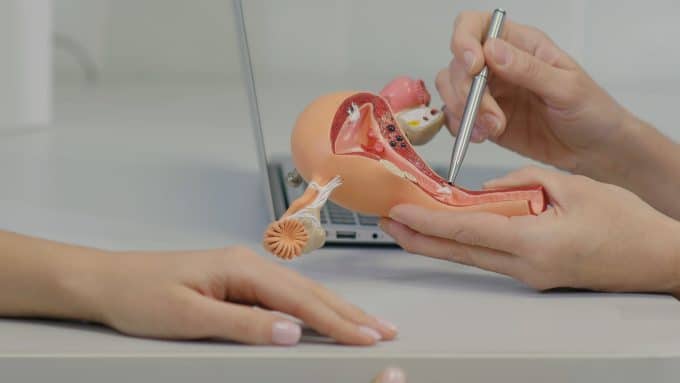Tubal ligation is a commonly permanent method of contraception. However, some women decide to reverse it to seek pregnancy. Approximately 65 percent of women who choose to have their tubal ligation reversed successfully conceive. This percentage is due to several key factors that influence the success of the reversal.
The surgical technique used in the original ligation plays a crucial role. Some ligation methods are easier to reverse than others. Additionally, the condition and length of the remaining fallopian tubes are significant determinants for successful reversal. Tubes that have suffered less damage or disruption during ligation are more likely to function correctly after reversal.
The woman's age is another important factor. Younger women, generally under the age of 35, have higher success rates due to the higher quality and quantity of eggs. Conversely, as age advances, natural fertility decreases, which can reduce the chances of pregnancy after a reversal.
Tubal ligation is a common and effective form of birth control that many women choose at some point in their lives. However, some women subsequently decide to reverse this procedure to conceive again. The conception success rate after a tubal ligation reversal varies, but studies indicate that about 65% of women can become pregnant after reversal.
What Factors Influence Reversal Success?
- Initial Ligation Technique: The technique used in the original tubal ligation plays a crucial role in the possibility of a successful reversal. Some methods are more reversible than others.
- Age of the Woman: Age is a significant factor in fertility. Women under 35 usually have a higher success rate due to better quality and quantity of eggs.
- Condition of the Fallopian Tubes: The length and condition of the fallopian tubes after ligation are essential. Longer, less damaged tubes during the original procedure offer a better chance for a successful pregnancy after reversal.
- General Reproductive Health: The reproductive health of the woman and her partner is vital. Any underlying fertility problems can affect your chances of conceiving.
- Time Elapsed Since Ligation: The more time that has passed since the ligation, the more difficult the reversal may be.
Alternatives to Tubal Ligation Reversal
For women who have had a tubal ligation and are now seeking to conceive, there are options other than surgical reversal:
- In Vitro Fertilization (IVF): IVF may be a viable option for women who have had tubal ligation. This procedure involves fertilizing an egg with sperm in a laboratory and then implanting the embryo into the uterus.
- Egg or Embryo Donation: In some cases, egg or embryo donation may be an alternative for those women whose tubal ligation reversal is not possible or has not been successful.
Important considerations
- Medical Advice: It is crucial to consult with a fertility specialist before deciding to reverse a tubal ligation. A doctor can provide a complete evaluation and recommend the best course of action based on individual circumstances.
- Risks and Complications: Tubal ligation reversal is a major surgery with its risks and complications. It is essential to understand these risks before proceeding.
- Emotional and Psychological Impact: The decision to seek tubal ligation reversal can be emotionally complex. Emotional and psychological support can be beneficial during this process.
It is important to remember that tubal ligation reversal is a major surgery and, as such, carries risks and does not always guarantee pregnancy. Therefore, it is essential to consult with fertility health professionals to evaluate all available options.
Additionally, the overall reproductive health of the woman and her partner is essential. Underlying fertility problems in either partner can affect the chances of conceiving after tubal ligation reversal.





